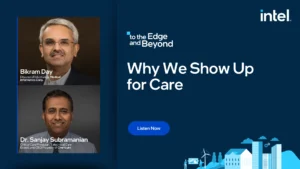Regulation F Brings New Regulations to Debt Collection. Here’s How It Impacts Healthcare.
Commentary:
The debt collection industry is facing new regulations that will shape collections practices to come. As an extension and supplement of the federal Fair Debt Collection Practices Act, the Consumer Financial Protection Bureau’s “Regulation F” aims to cut back on usurious collection tactics, improve communications around debt collection, and address prohibitions on abusive or false representations.
With Regulation F come new processes and methods for interacting with debtors, like allowing a limited content voicemail message to create a touchpoint with the consumer, a restriction on coercive advertisements or violent language against the consumer, and overall new call restrictions around time zones and contacting a consumer’s place of employment.
For a more focused analysis on the impact of Regulation F, Olivia Britt, Sr. Director of Revenue Cycle Strategy at Savista, gave her perspectives on how Regulation F’s collection rule changes will ripple into the healthcare industry’s revenue integrity and accounts receivable operations.
Abridged Thoughts:
To summarize Regulation F for our customers, Regulation F is the final rule. It implements the Fair Debt Collection Practices Act, FCPA. This final rule goes into effect November 30 of 2021 and what this rule does is it clarifies three things for us. It tells us the information that we must provide before collection activity begins on account. So what information must we send to that patient before we start collection activity? Two, it prohibits collectors’ collection agencies from threatening legal action on a time-barred debt, and a time-barred debt is a debt that is past the statute of limitation, so a long term payment agreement. A patient may have a moral obligation to make the payment, but after the statute of limitations is passed, they do not have a legal obligation. And the last thing that it clarifies for us is what steps must be taken before we report a patient’s debt to a credit reporting agency. And that’s really how I would summarize Regulation F for our consumers, and this impacts all of our providers, all of our providers that send AR to a collection agency.







